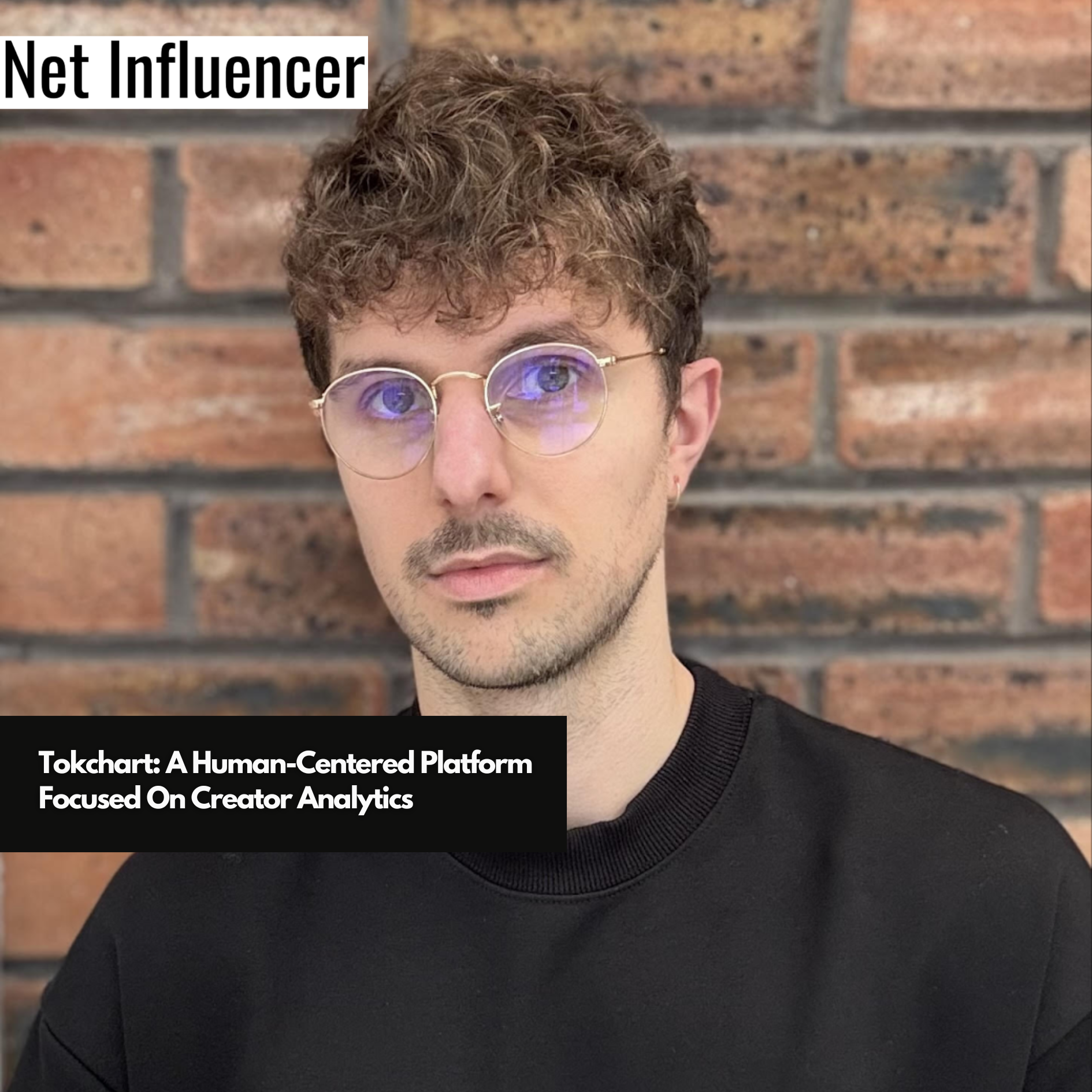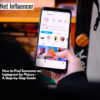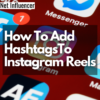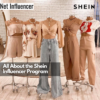Technology
Tokchart: A Human-Centered Platform Focused On Creator Analytics
The enterprise analytics platforms dominating creator tools often take months to implement requested features.
Tokchart founder Alberto Fortin implements them much quicker. Tokchart addresses a specific need in the creator economy: understanding what’s trending on TikTok in real time.
This music-focused analytics platform has secured clients ranging from individual creators to major record labels by offering direct access to decision-makers who can implement changes immediately.
Alberto, a software engineer with 15 years of experience who also produces electronic music, founded Tokchart after experiencing firsthand the limitations of existing tools for tracking trending sounds on TikTok.
When he searched for “top trending songs on TikTok,” the best resource he could find “was a bit broken” and “last updated a month ago”— practically old given the dynamic nature of TikTok trends.
“It’s so important to be early on these trends,” Alberto explains. “Unless you’re Will Smith, if you’re not uploading something at the right moment with the right sound, it’s not as powerful to use that sound.”
Alberto observed that existing solutions weren’t designed for the intersection of music and social media. “We’re bridging that gap between analytics platforms that are just about social media and music analytics platforms,” he notes. “I think there’s a gap in between.”
This positioning has allowed Tokchart to serve diverse stakeholders. “Our users are split between B2C and B2B,” Alberto explains. “We have both sides. You can see in our offerings that we have the pro plan and the business plan.”
The company’s mission reflects a broader shift in the digital market. “There’s a shift we’re seeing that it’s not companies; it’s more influencers and individuals now driving purchasing decisions. They are getting all the airtime on socials,” Alberto observes. “Why do big companies have all these analytics platforms and tools, but creators are the new companies, so why don’t they have the same tools?”
The Human-Centered Advantage: Responsiveness as Strategy
But Tokchart isn’t just about data. It also focuses on customer service and product development.
“I don’t know any company that has big customers and responds to you and pushes live a new feature you requested,” Alberto says. “I’ve done one in 15 minutes once. If I see something, ‘Oh, this is not working as expected’ or ‘Can you add this filter?’—if I’m available, I just do it and push it live.”
This human-centered approach extends to how Tokchart handles feedback.
“Sometimes, people say, ‘I don’t like this.’ I’m like, ‘Thank you so much, this is helpful,'” Alberto shares. “I gave a customer 3 months for free last week because they didn’t like specific things about the platform. I said, ‘Okay, for the next three months, use this platform for free, and just as long as you email me every once in a while saying what you don’t like, that’s helping us.'”
Core Offerings & Features: Data That Drives Decisions
Tokchart’s platform includes several key tools, each dedicated to serving specific needs in the creator economy:
- Trending Sounds Dashboard
The platform’s free side shows “top trending songs and top trending songs in the U.S., Argentina, Italy, in all the countries,” Alberto explains.
Unlike TikTok’s limited internal analytics, Tokchart uses matching technology to identify the actual songs behind “original sounds.”
“We have a column with the sound name, and it says ‘original sound,’ but often the sound is actually an existing song,” Alberto details. “For example, today’s top trending song is an Arctic Monkeys song. That’s not captured in TikTok’s data because it’s listed as an original sound.”
- Profile Dashboard
For pro users, Tokchart provides analytics on their TikTok performance.
“You can get information and graphs that are, we think, useful to you,” Alberto says. “At what time should I post to get maximum engagement? What hashtags did I use that drove more engagement? What is my average engagement rate in the last 10 days? Where’s my audience coming from?”
- Engagement Rate Calculator
One of the platform’s most used tools calculates a creator’s engagement rate—a key metric when negotiating brand partnerships.
“It’s one of the first things you get asked or that people, that businesses check when they want to work with you,” Alberto notes. “As a creator, knowing that figure is really important because then it gives you some power when you’re negotiating with a prospective client.”
- Campaign Management for Businesses
For marketing agencies and record labels, Tokchart offers specialized tools to track influencer campaigns.
“You paste in the links of all the videos made for that song,” Alberto explains. “We work with marketing agencies that promote songs for big artists. So they will go to 50-150 influencers, tell them to make a video with that song, and they need to know which influencers’ videos are performing the best.”
- Influencer Search Tool
Born directly from a customer request, this tool allows businesses to identify suitable creators for campaigns.
“We have a feature, for example, where you can try and put together a roster of influencers to propose to your own client and then you can send them this roster,” Alberto says.
- Identifying the Right Audience
Tokchart also employs a unique approach to audience demographics. “We have a primary audience location column. We don’t use followers because I think everybody else I’ve researched uses followers,” Alberto explains. “I don’t think that’s a strong enough indicator because following doesn’t mean anything, especially on TikTok.”
Instead, Tokchart uses comments as a primary indicator of audience engagement.
“Comment is such a strong indicator because you are actively engaging. It takes more time than a like or share. You’re taking the time to write something,” Alberto notes, adding that this approach helps identify where truly engaged audiences are located rather than just where followers come from.
Real Impact
As Alberto shares, Tokchart’s approach has yielded results for its users across the creator economy spectrum.
For record labels, the platform has facilitated valuable business connections. “From one of the trending songs in our dashboard, they found the label that they were with, and they started contacting this other label and started working together, thanks to our dashboard,” Alberto shares.
He notes the platform’s comment-based analysis can reveal where the most engaged audiences are located, which may differ from follower demographics.
For marketing agencies, Tokchart streamlines campaign management by automating data collection that was previously done manually.
“This is stuff that companies will do with a spreadsheet before and manually go in, type in the name, go engagement rate, and top country. So we automate all of that,” Alberto says.
The platform is also helping major artists track campaign performance. “It was quite a good satisfaction for us seeing big artists running campaigns and seeing them run on Tokchart,” Alberto adds.
Expansion and Adaptation
As Tokchart continues to grow, Alberto lays out plans for expansion while maintaining the company’s responsive approach.
An API tops the list of upcoming features. “One big thing we keep getting asked almost every day is an API,” Alberto says. “Both from creators building SaaS businesses that need trending sounds but also for our customers managing campaigns, their customers want the API to get their data directly into their platforms.”
Alberto also sees an opportunity to expand beyond music analytics into TikTok Shop data. “There are statistics. I was just reading a report earlier today about $32 million spent on TikTok shops in the U.S. daily,” Alberto notes. “It could be exciting. Like top trending products in Spain this week in the beauty category.”
Expanding to other platforms is another priority, especially in light of the recent TikTok restrictions. “If by the end of the year we end up supporting platforms like Instagram and YouTube, I’d be really happy,” Alberto says.
The rise of AI, Alberto adds, presents both challenges and opportunities. “We’ve seen an influx of AI-generated content on YouTube Shorts and TikTok,” he observes. “I think it is going to play a major factor, and I think it’s going to shift more attention to being genuine and being real.”
This shift toward genuine content aligns well with Tokchart’s human-centered approach. As Alberto concludes, “Being real is just going to be one of the biggest factors that’s going to drive content creation.”





















